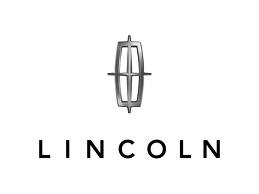Continental V8-4.6L DOHC (1995)

Alignment: Service and Repair
PRELIMINARY INSPECTION
Prior to performing the front wheel alignment, a preliminary inspection should be made to determine the condition of the vehicle's suspension
components. The following checks and procedures should be made prior to performing front wheel alignment:
1. Vehicle must be level.
2. Inflate tires to specified pressure (cold).
3. Check vehicle ride height.
4. Inspect all suspension and steering components for looseness.
5. Check existing caster, camber, and toe settings prior to alignment.
6. Check all suspension fasteners for proper tightness.
7. Alignment equipment must be capable of four wheel alignment.
8. Alignment rack must be leveled to 1/16 of an inch, side to side and front to rear and be equipped with wheel runout compensation.
9. Do not attempt to adjust alignment by heating or bending.
FRONT CAMBER AND CASTER
Front camber and caster are not adjustable. If not within specifications, check for damaged suspension components, deteriorated bushings, or distorted
body mounting points.
FRONT TOE
1. Lock steering wheel in straight ahead position using suitable steering wheel holder.
2. Loosen, then slide off small outer clamps from steering boot to prevent boot from twisting during adjustment procedure.
3. Loosen tie rod adjusting and jam nuts, then adjust length of left and right tie rods until each wheel has 1/2 the desired total toe specification.
4. After adjustment is completed, tighten jam nuts, reinstall outer clamps and remove steering wheel holder.
REAR CAMBER AND TOE
Rear camber and toe may be set by loosening the lower control arm to body bolt(s) and rotating adjusting cams. If both camber and toe are not within
specifications, adjust camber first.
